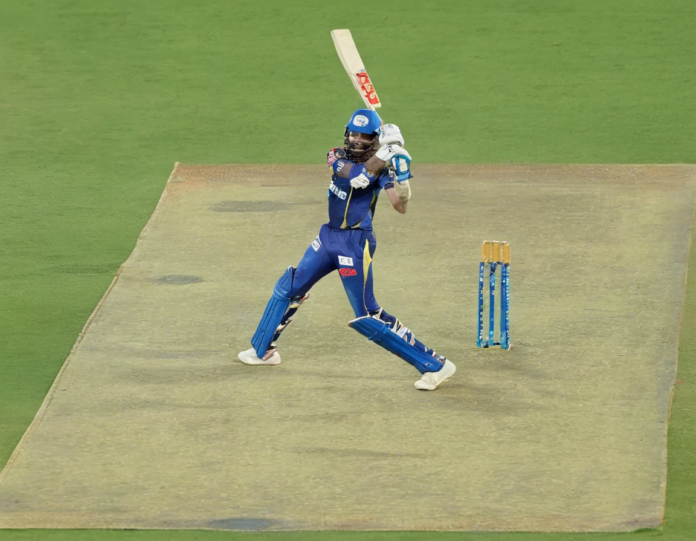Cricket enthusiasts around the world eagerly await the Indian Premier League (IPL) matches, where seasoned athletes showcase their prowess on the cricket field. One crucial factor that significantly impacts the game is the pitch condition. The pitch report is critical as it influences the strategies that captains adopt while making decisions like whether to bat or bowl first. This article delves into the key insights regarding the IPL match pitch report and its importance.
Understanding the Pitch
What is a Pitch Report?
A pitch report provides an analysis of the condition of the cricket pitch, which includes aspects like the grass covering, hardness, moisture content, cracks, and any deviations from the usual characteristics. These factors determine how the ball will behave after being bowled, affecting batting, bowling, and fielding strategies.
Types of Pitches
- Green Top: A pitch with a lush green covering that provides assistance to fast bowlers initially, promoting pace and bounce.
- Flat Batting Track: A pitch that is dry and favors batsmen, as the ball comes on to the bat nicely, allowing for fluent stroke play.
- Dust Bowl: A pitch that is dry, cracked, and devoid of grass, assisting spin bowlers due to the rough surface that aids turn and bounce.
Impact of Pitch on the Game
Batting
- Bounce: A bouncy pitch can favor taller batsmen who can handle the extra bounce effectively, whereas shorter batsmen may struggle.
- Turn: Spin-friendly pitches offer assistance to spin bowlers who can exploit the conditions by turning the ball sharply, making it challenging for batsmen.
Bowling
- Pace Bowlers: Seam and swing bowlers thrive on pitches with grass cover as it helps them generate movement in the air and off the pitch.
- Spin Bowlers: Pitches offering turn and bounce are a paradise for spinners as they can deceive batsmen with their variations and spin.
Factors Influencing Pitch Behavior
Weather Conditions
- Rain: Rain can make the pitch damp, aiding swing bowlers initially before settling down to become better for batting.
- Heat: Excessive heat can dry out the pitch quickly, making it more conducive to spin bowling as the match progresses.
Pitch Preparation
- Rolling: The process of rolling the pitch can make it harder, favoring fast bowlers, or keep it soft, assisting spinners.
- Watering: The amount of water applied to the pitch can determine its dryness or moisture content, impacting the bounce and movement.
Tips for Captains
Decision Making
- Toss: Winning the toss becomes crucial as captains may opt to bat first on a good batting track or bowl first on a helpful pitch for bowlers.
- Team Selection: Understanding the pitch conditions can influence the selection of bowlers, whether to include more spinners or pacers in the playing XI.
Strategy
- Rotation: Using bowlers strategically in short bursts to exploit the conditions can yield wickets and control the flow of runs.
- Adaptation: Encouraging batsmen to adapt to the pitch by playing close to the body on difficult tracks or utilizing the depth of the crease to counter bounce.
FAQs:
1. Why is the pitch report important in IPL matches?
The pitch report guides teams in formulating strategies based on the pitch characteristics, optimizing their chances of success.
2. How do pitch conditions change during a match?
Pitches tend to wear out with time, offering more assistance to spinners, as footmarks and rough patches aid turn and bounce.
3. Can teams request specific pitch conditions for matches?
Teams do not have the authority to demand specific pitch conditions, as the groundsmen prepare the pitch independently.
4. Is the toss outcome crucial in IPL matches?
Yes, winning the toss allows the captain to make a decision based on the pitch condition, influencing the course of the match.
5. Do day and night matches have different pitch behaviors?
Day matches may offer early assistance to seam bowlers, while night matches could see the pitch playing better under lights, affecting swing and spin.
In conclusion, the IPL match pitch report serves as a significant influencer in the game, shaping the strategies, team compositions, and outcomes. Understanding the pitch and its behavior is crucial for captains, coaches, and players to leverage the conditions to their advantage and deliver stellar performances on the field.












